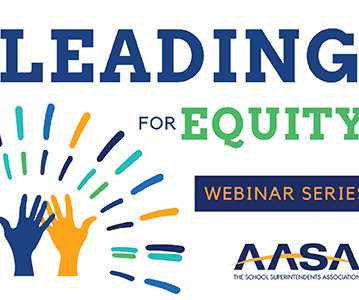Seeing the Pandemic as an Opportunity for Change
edWeb.net
JANUARY 12, 2021
He has published over 250 research articles in academic journals, book chapters in edited volumes, research reports, and editorials in major newspapers. He serves on the boards of numerous national and local organizations, including the Economic Policy Institute, the National Equity Project, and The Nation. About the Hosts.















Let's personalize your content